Think spring! Pointers for bulb-planting season

by
Douglas Hunt
(IC: professional)
Bulbs represent one of the least-expensive ways to add color to your landscape. Daffodils, for example, can be had for 50 cents each, will provide years of enjoyment and increase in number, or "naturalize," when happy. Since the days have cooled off in much of the country, but the ground is still relatively warm, we are in prime bulb-planting time. Bulbs planted now will get right to work establishing their root systems. I've planted thousands of them over the years, and here are some basics based on that experience.
1. Good soil counts. Take the time to prepare the bed where you are going to be planting. Good drainage is particularly important, as most bulbs like it on the dry side during their period of dormancy.
2. A general rule for planting depth is that it should be three times a bulb's diameter. So a tulip bulb two inches across should be planted
six inches deep.
3. Don't be afraid to make bulb "sandwiches." More than one type of bulb can share a planting hole. Put the largest on the bottom, sprinkle on a little soil, add a smaller bulb, sprinkle on a little more, and finish up with a small bulb on top with just a couple of inches of soil over that.
4. Generally speaking, plant the pointy side of the bulb facing up. Sometimes this can be difficult to figure out, in which case plant the bulb on its side and it will actually right itself.
5. Don't fertilize when you plant. This may contradict advice you have read, but I've never done it. Using a product like bone meal in the planting hole can attract critters that will then feast on the bulbs. Instead, apply a good slow-release fertilizer as the foliage starts to appear in the spring. And a twice-yearly top-dressing with compost wouldn't hurt either.
6. But do water when you plant, just as you would something that came in a pot. And in the spring, if you don't get those April showers.
7. More is more. Don't skimp on the number of bulbs you buy. A dozen crocus will go almost unnoticed but a hundred will make a statement.
8. This is not a planting tip, but resist all temptation, after the blooming season, to braid, tie up or cut the bulb's foliage until it begins to turn yellow and flops over. Then it is safe to cut it off. Doing anything else beforehand will impinge on the plant's ability to photosynthesize, which is crucial to the formations of the next season's blooms.
The photos are from companies I have ordered from over the years and can recommend based on my experience. I've included links to their web sites in the captions.
What bulbs are you planting this season?
1. Good soil counts. Take the time to prepare the bed where you are going to be planting. Good drainage is particularly important, as most bulbs like it on the dry side during their period of dormancy.
2. A general rule for planting depth is that it should be three times a bulb's diameter. So a tulip bulb two inches across should be planted
six inches deep.
3. Don't be afraid to make bulb "sandwiches." More than one type of bulb can share a planting hole. Put the largest on the bottom, sprinkle on a little soil, add a smaller bulb, sprinkle on a little more, and finish up with a small bulb on top with just a couple of inches of soil over that.
4. Generally speaking, plant the pointy side of the bulb facing up. Sometimes this can be difficult to figure out, in which case plant the bulb on its side and it will actually right itself.
5. Don't fertilize when you plant. This may contradict advice you have read, but I've never done it. Using a product like bone meal in the planting hole can attract critters that will then feast on the bulbs. Instead, apply a good slow-release fertilizer as the foliage starts to appear in the spring. And a twice-yearly top-dressing with compost wouldn't hurt either.
6. But do water when you plant, just as you would something that came in a pot. And in the spring, if you don't get those April showers.
7. More is more. Don't skimp on the number of bulbs you buy. A dozen crocus will go almost unnoticed but a hundred will make a statement.
8. This is not a planting tip, but resist all temptation, after the blooming season, to braid, tie up or cut the bulb's foliage until it begins to turn yellow and flops over. Then it is safe to cut it off. Doing anything else beforehand will impinge on the plant's ability to photosynthesize, which is crucial to the formations of the next season's blooms.
The photos are from companies I have ordered from over the years and can recommend based on my experience. I've included links to their web sites in the captions.
What bulbs are you planting this season?
Enjoyed the project?
Published October 18th, 2012 11:06 AM
Comments
Join the conversation
2 of 60 comments
-
-
Plant daffodils. They contain toxic alkaloids and animals have a second sense about not eating them. Other plants can be planted in a "bulb cage" made from chicken wire.
 Douglas Hunt
on May 19, 2013
Douglas Hunt
on May 19, 2013
-



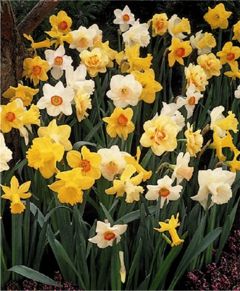

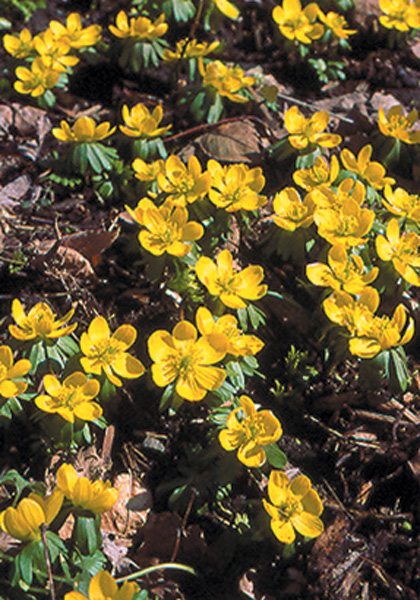

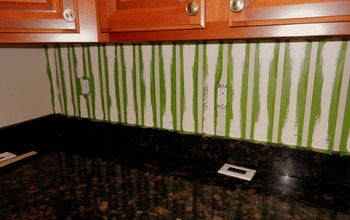






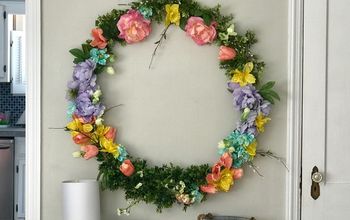

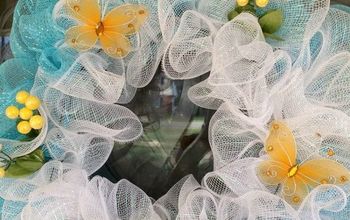
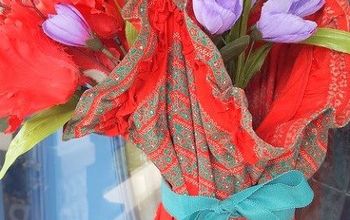


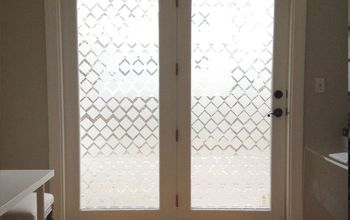
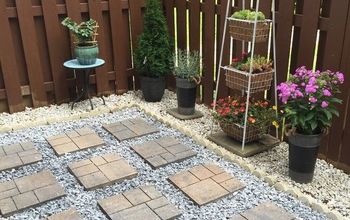

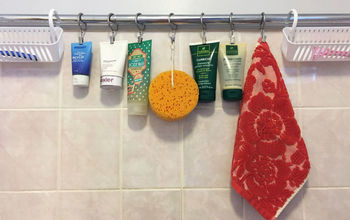




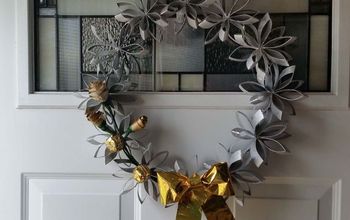

Frequently asked questions
Have a question about this project?